Discover 11 hidden attractions, cool sights, and unusual things to do in Ávila (Spain). Don't miss out on these must-see attractions: Ávila Cathedral, Basilica of San Vicente, and Real Monasterio de Santo Tomás. Also, be sure to include Convento de San José in your itinerary.
Below, you can find the list of the most amazing places you should visit in Ávila (Castile and León).
Table of Contents
Ávila Cathedral
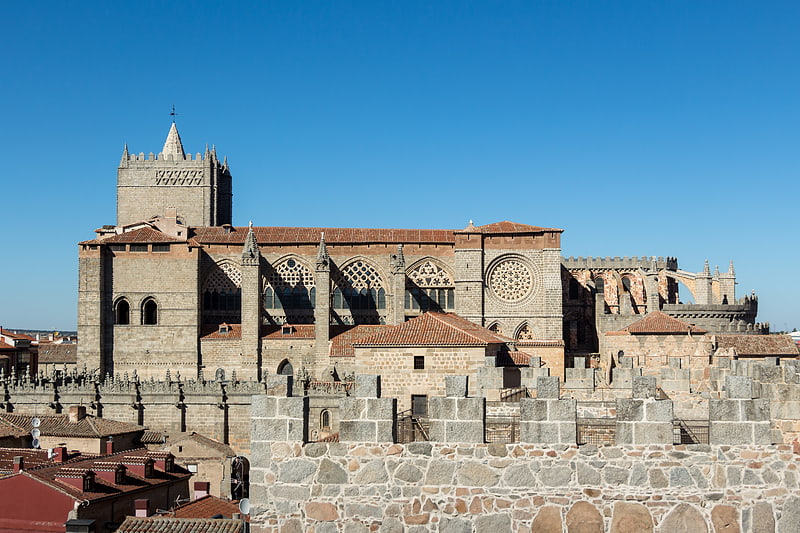
Also known as: Catedral de Ávila
Imposing 1100s cathedral in city walls. The Cathedral of the Saviour is a Catholic church in Ávila in the south of Old Castile, Spain. It was built in the late Romanesque and Gothic architectural traditions.
It was planned as a cathedral-fortress, its apse being one of the turrets of the city walls. It is surrounded by a number of houses or palaces, the most important being: the Palace of the Evening, the Palace of the Infant King, and the Palace of Valderrábanos, which were responsible for the defence of the Puerta de los Leales (The Gate of the Loyal Ones) also known as La Puerta del Peso de la Harina (The Flour Road Gate).[1]
Address: Plaza de la Catedral, 8, 05001 Ávila
Basilica of San Vicente

Also known as: Basílica de San Vicente
Basilica in Ávila, Spain. The Basilica de los Santos Hermanos Mártires, Vicente, Sabina y Cristeta, best known as Basilica de San Vicente, is a church in Ávila, Spain. It is one of the best examples of Romanesque architecture in the country.[2]
Address: Calle San Vicente, 4, 05001 Ávila
Real Monasterio de Santo Tomás
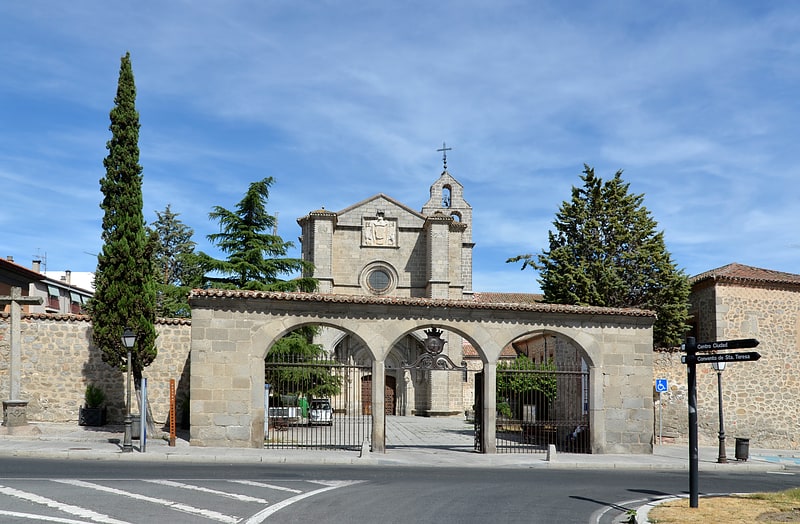
Real Monasterio de Santo Tomás is a monastery of the Catholic Monarchs of Spain in Gothic style in Ávila, Spain. It was founded in 1482, as a Dominican convent to honour Saint Thomas Aquinas. It became the burial place of John, Prince of Asturias.
Since the 1970s the monastic church has served as a parish church. The site also contains a museum of natural sciences, and a museum of oriental art.[3]
Address: Plaza Granada, 1, 05003 Ávila
Convento de San José
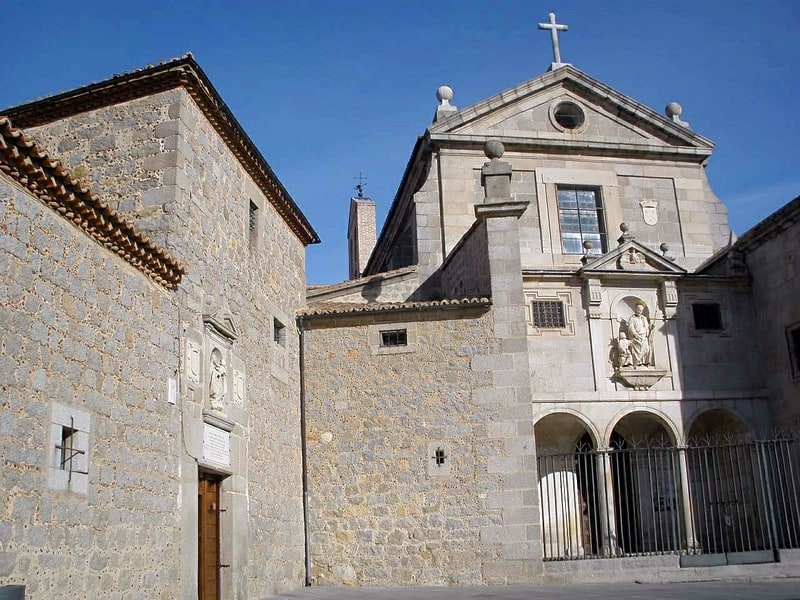
Monastery. The Convento de San José is a monastery of Discalced Carmelite nuns in Ávila, Spain. It is situated not far from the center of the city but outside the medieval walls. Saint Teresa of Jesus was the driving force behind the foundation of the monastery, which was built from 1562 onwards. The church was only begun in 1607 after Saint Teresa's death. The statue in the facade was commissioned by King Philip III of Spain via artist Giraldo de Merlo.[4]
Walls of Ávila
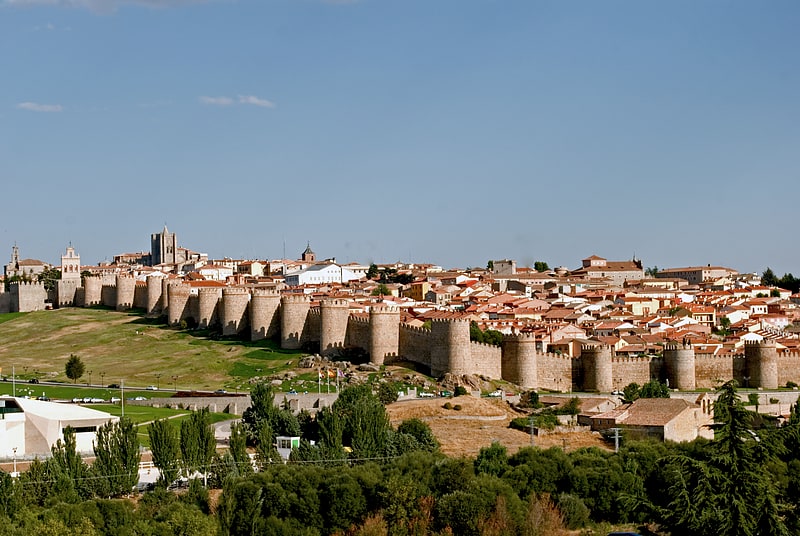
Also known as: Muralla de Ávila
Well preserved Medieval city walls. The Walls of Ávila in central Spain, completed between the 11th and 14th centuries, are the city of Ávila's principal historic feature. These fortifications are the most complete in all of Spain.[5]
Iglesia-convento de Santa Teresa
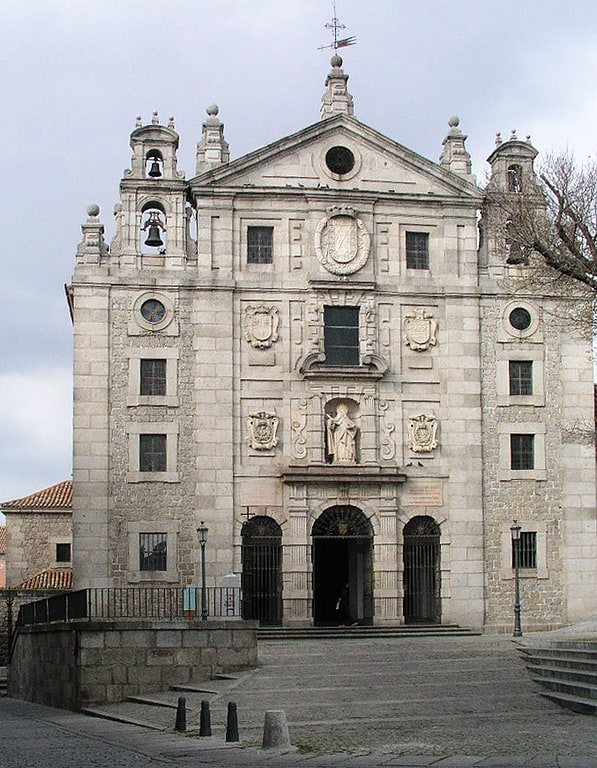
Church in Ávila, Spain. The Iglesia-convento de Santa Teresa is a church and convent located in Ávila, Spain.[6]
Address: Plaza la Santa, 2, 05001 Ávila
Roman bridge of Ávila
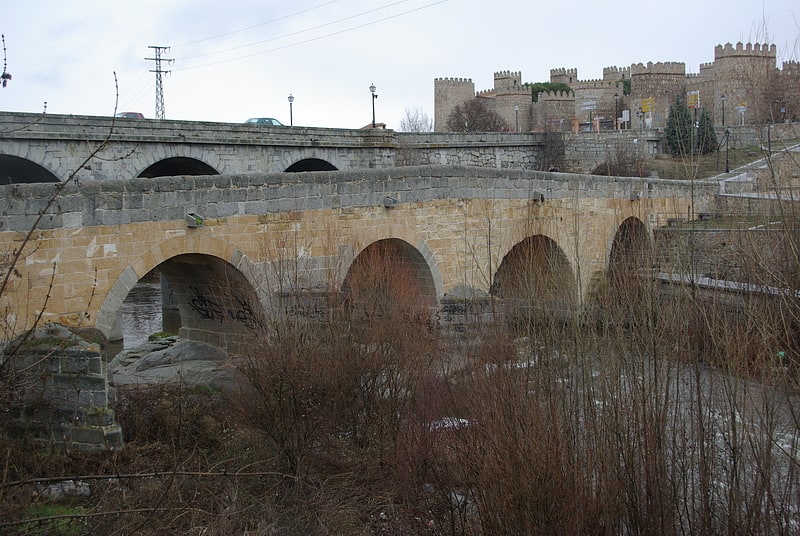
Also known as: Puente romano de Ávila
Bridge. The Roman bridge of Ávila is a bridge at Ávila, in Castile and León, Spain. Portions of the bridge are Roman, and it is preserved as a historic monument.
Spanning the Adaja River, the bridge was on a route leading to the Decumanus Maximus within the walls of Ávila. Of the original structure built in the early-1st century A.D. the piers with their starlings survive; the rest of the bridge is Romanesque (11th and 13th centuries).[7]
Palacio polentinos
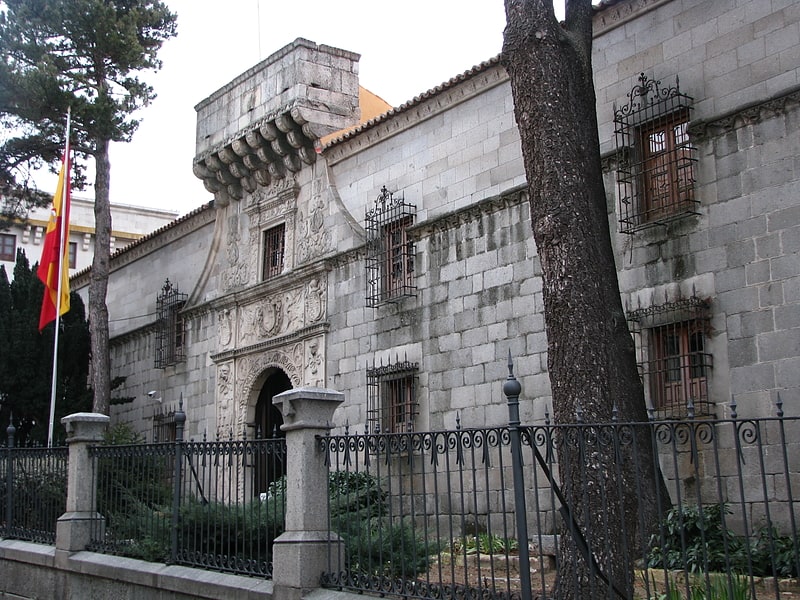
The Polentinos Palace is a building in the Spanish city of Avila, in Renaissance style.
Palacio de Bracamonte

The Palace of Bracamonte, also called the Palace of the Holy Cross or House of Diego Álvarez de Bracamonte, is a building in the Spanish city of Ávila.
Address: Calle Bracamonte 6, 05001 Avila
Church of San Juan Bautista

Church, Sacred and religious sites
Address: Calle Martín Carramolino, 1, 05001 Ávila
Church of San Andrés
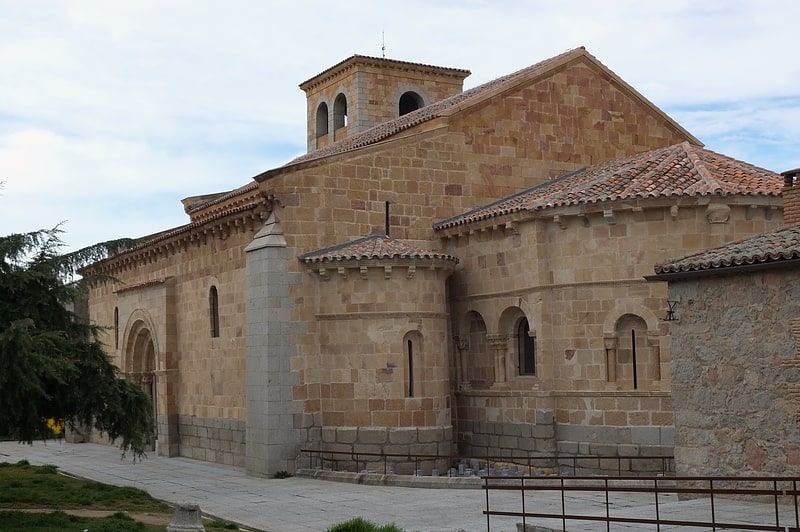
Romanesque church built in the early 12th century in the Spanish city of Ávila, province of Ávila, Castile and León. It is one of the oldest temples in the city. The construction material is sandstone and has undergone restorations throughout the twentieth century, specifically in the 1930s and 1960s.
It was declared a National Monument on the 23rd of June 1923 and in 1985 it automatically became a Site of Cultural Interest, along with the old quarter of Avila and other churches outside the city walls, and was recognised as a World Heritage Site by UNESCO. The church's protected area was definitively defined by decree 251/1997 of the 11th of December.
Address: Plaza de San Andres, Ávila